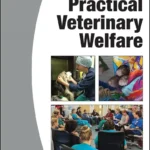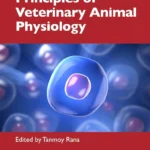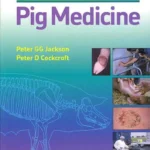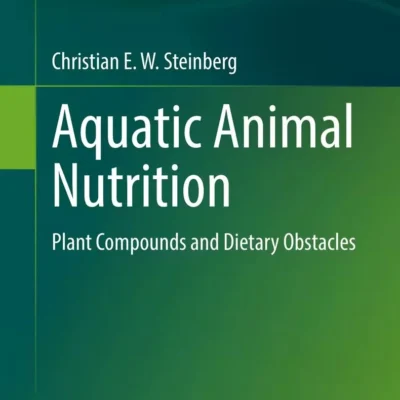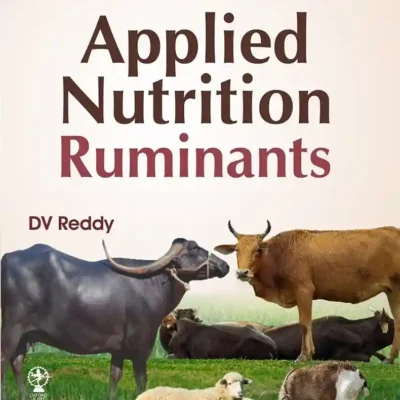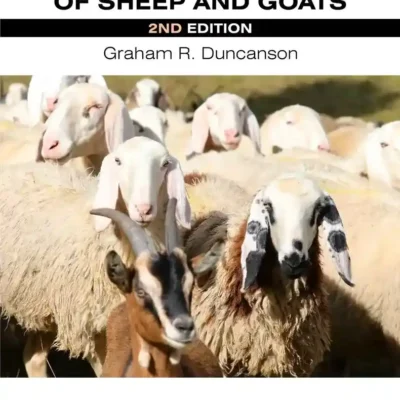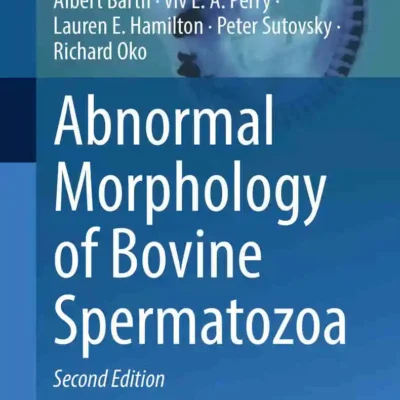Production and Management of Camels
 by Bakht Baidar Khan, Arshad Iqbal, Muhammad Riaz
by Bakht Baidar Khan, Arshad Iqbal, Muhammad Riaz
August 2003
The camel, without exaggeration, is the most ignored among the domestic ruminants in Pakistan. This is as much true in terms of lack of efforts to improve its care and productivity as it is in terms of lack of any planned research on it. Had it been an unproductive and a useless animal, its population would have gradually diminished, but it is the other way round. Its population is steadily growing. On papers, its population is being shown as stagnating, but most probably it is not so. On the international scene, there seems now a growing awakening in respect of the camel. At places, it has been termed as a ‘food security animal’. In Pakistan too, some teaching institutions have taken an initiative and have incorporated “Camel Production” in their teaching courses. No doubt, it is a very timely step.
Scientists from Germany, England, India, Australia and UAE have published books on camel. These are, of course, good books but as usual their prices are prohibitive for our students, extension workers and even for teachers. Moreover, these books contain a little information about camels in Pakistan. Therefore, an easy-to-understand book on ‘Production and Management of Camels’ using a question-answer format, has been compiled. This should provide ready-made answers to so many questions simmering in the minds of students, teachers, researchers and extension specialists. It embodies about 400 questions along with their answers. The book discusses the distribution of camels in different continents/countries, breeds and types of camels with cross reference to other species, nutritional physiology and reproductive management, the way camels adapt to hot arid environment, milk and meat production and work performance, practical management and training of camels, marketing, health care and some diseases, including valuable information on several other aspects. Camel breeds and camel raising practices in Pakistan have been adequately discussed.
We feel great pleasure in acknowledging the hard work done by so many researchers/authors/editors, whose published information has been used, mostly as such, in compiling the book under reference. Their efforts have been amply acknowledged in the text/tables/figures etc. It was beyond our means to individually contact them in this regard. We are highly thankful to Akhter Saeed MD for providing us useful literature from abroad. We are equally thankful to Dr. Ghulam Muhammad, Chairman CMS, UAF, for his cooperation in providing pertinent literature. Ch Sikander Hayat and Nawaz Ahmed Sipra also deserve our heart-felt appreciation for helping us out of many problems pertinent to the publication of this book.
No book has ever been claimed to be perfect in all respects and so is this one. The readers are requested to convey in writing their suggestions about omissions/shortcomings noticed in this book. Their suggestions would not go unnoticed.
PDF 7.52 MB

